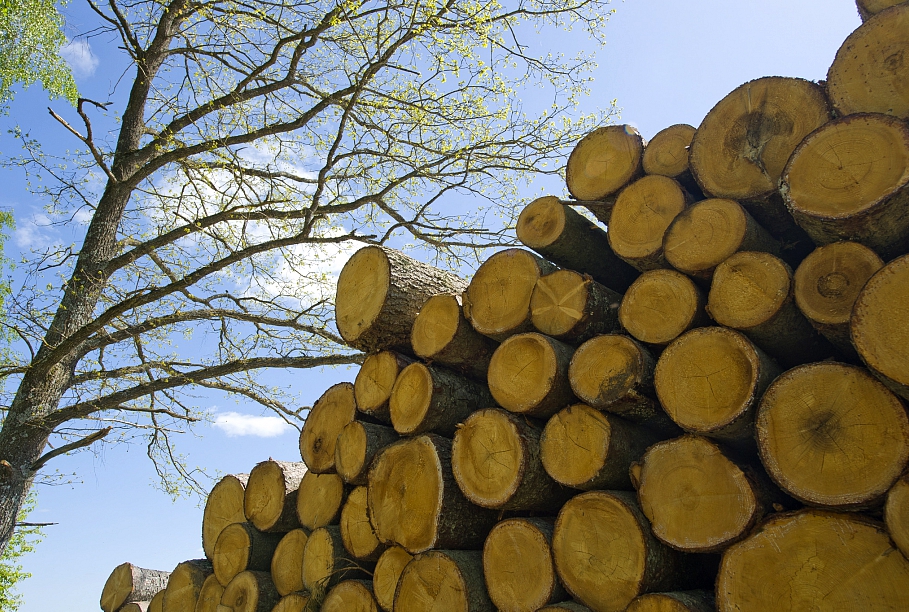He pointed out that the two biggest sectors – wood-processing and food industry – jointly accounted for nearly a half of the Latvian manufacturing industry’s total output.
This is not bad in peaceful times but in case of a shock, for example, the recent Russian sanctions, the countries with manufacturing industry that is export-oriented and not well-diversified suffer more, the central bank’s expert said, calling on the economic policy makers to think about the instruments to increase diversification in the Latvian manufacturing.
The manufacturing industry’s annual output in 2015 might grow 5-6 percent, Kasjanovs said, noting that further development of manufacturing would depend on external factors – recovery in the euro area and the geopolitical situation. The economic slowdown in China, which has no direct effects on the Latvian economy, nevertheless affects the global markets of goods and raw materials in which Latvia is competing, he said.
"The geopolitical situation is a factor that significantly affects the manufacturing industry sentiment and slows down new investments," the Bank of Latvia economist said.
A reduction in the manufacturing output in August was mostly caused by a decline in the food industry output (by 10.5 percent against July) which was not surprising and marked a return to the level in previous months, he said, adding that not August but July had been an exceptional month.
Food industry is not the only sector where the output has decreased. There was a 3.3 percent drop in the wood-processing output, production of clothing fell 8.8 percent, production of textiles 4.1 percent, production of finished metal products 6.8 percent, production of electric equipment 14.9 percent and production of equipment and machinery decreased 3.9 percent. Only the chemical industry and furniture production showed noteworthy growth by 16.3 percent and 2.4 percent respectively.
"It is obvious that the biggest sectors show more negative growth than the manufacturing industry in general. This suggests an increase in the sectors which do not publish their data – metallurgy, pharmaceuticals and shipbuilding,” Kasjanovs said.
During the first eight months of 2015, Latvia's calendar-adjusted industrial output rose 4.7 percent in constant prices against the same period a year ago, with output in the manufacturing industry growing 5.9 percent.





























